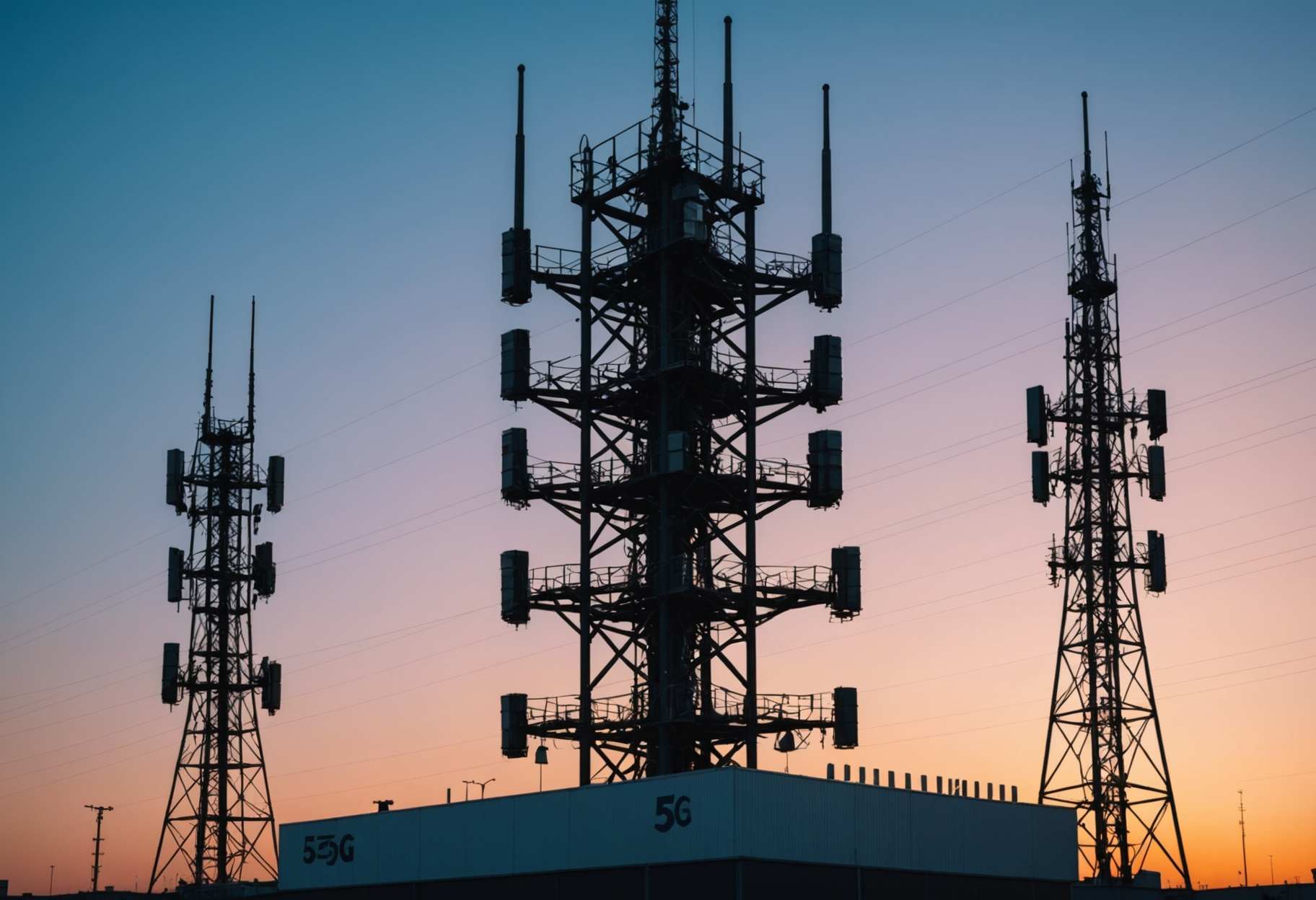
When you buy through links on our articles, Future and its syndication partners may earn a commission.

Europe's Ariane 6 heavy-lift rocket took to the skies for the fourth time ever today (Nov. 4).
An Ariane 6 lifted off from Europe's Spaceport in Kourou, French Guiana today at 4:02 p.m. EST (2102 GMT; 6:02 p.m. local time in Kourou), carrying the Sentinel-1D Earth-observation satellite to low Earth orbit (LEO).
The Ariane 6 deployed Sentinel-1D about 33.5 minutes after liftoff today as planned, at an altitude of 440 miles (708 kilometers).

The Ariane 6 is the successor to the Ariane 5, which retired in July 2023 after 27 years of service. The new rocket debuted with a checkered July 2024 test flight, then followed that up with two fully successful operational launches, in March and August of this year.
Ariane 6 made it three in a row today with the launch of Sentinel-1D, which is part of the European Union's Copernicus Earth-observation program.
The Sentinel-1 series of satellites capture detailed radar imagery of Earth, "performing in all weathers, day and night," European Space Agency (ESA) officials wrote in a Sentinel-1D mission description. "This service is vital for disaster response teams, environmental agencies, maritime authorities, climate scientists — and other users who depend on frequent updates of critical data."
Three Sentinel-1 satellites had launched before today, and two of those remain operational (Sentinel-1A and Sentinel-1C). Sentinel-1D will replace Sentinel-1A, which has been eyeing Earth from orbit for 11 years — well beyond its planned operational lifetime, according to ESA.
"The Sentinel-1D satellite will work in tandem with Sentinel-1C to generate timely data," agency officials wrote in the description. "Both satellites have a C-band synthetic aperture radar (SAR) instrument on board, which captures high-resolution imagery of Earth's surface. They are also equipped with Automatic Identification System (AIS) instruments to improve detection and tracking of ships."

Today's launch was Europe's fifth orbital mission of 2025. In addition to the three Ariane 6 flights, the Vega C smallsat launcher — which, like the Arianespace, is operated by the France-based company Arianespace — has aced two missions so far this year, in April and July.
For context, SpaceX has launched 140 missions of its workhorse Falcon 9 rocket in 2025. More than 70% of those flights have been devoted to building out the company's Starlink megaconstellation in LEO.
Editor's note: This story was updated at 1:14 p.m. ET on Nov. 5 with news of successful liftoff, then again at 1:39 p.m. ET with news of satellite deployment.
LATEST POSTS
- 1
 Instructions to Upgrade the Security Elements of Your Kona SUV
Instructions to Upgrade the Security Elements of Your Kona SUV - 2
 Deadly heat worldwide prompts $300 million for climate health research at COP30
Deadly heat worldwide prompts $300 million for climate health research at COP30 - 3
 Instructions to Distinguish the Wellbeing Dangers Related with 5G Pinnacles
Instructions to Distinguish the Wellbeing Dangers Related with 5G Pinnacles - 4
 Choosing Moving Styles for Your Restroom Redesign
Choosing Moving Styles for Your Restroom Redesign - 5
 Esteem Stuffed Gaming Workstations to Consider
Esteem Stuffed Gaming Workstations to Consider
 Figure out How to Explore Your Direction to the Best Dental Embed Trained professional: A Far reaching Manual
Figure out How to Explore Your Direction to the Best Dental Embed Trained professional: A Far reaching Manual Politics at the table? Drinking the wine you brought? An etiquette expert's Thanksgiving dos and don'ts.
Politics at the table? Drinking the wine you brought? An etiquette expert's Thanksgiving dos and don'ts. Here are 10 stores where you can get a free Thanksgiving turkey
Here are 10 stores where you can get a free Thanksgiving turkey Excelling at Cash The board: A Manual for Monetary Essentials
Excelling at Cash The board: A Manual for Monetary Essentials Japan deploys the military to counter a surge in bear attacks
Japan deploys the military to counter a surge in bear attacks Bother Control Administrations for 2024: Decide for Your Home
Bother Control Administrations for 2024: Decide for Your Home Audits of Espresso Types: Which Brew Is for You?
Audits of Espresso Types: Which Brew Is for You? The Incomparable Advanced cameras: Which One Will Win?
The Incomparable Advanced cameras: Which One Will Win? 2 ways you can conserve the water used to make your food
2 ways you can conserve the water used to make your food













